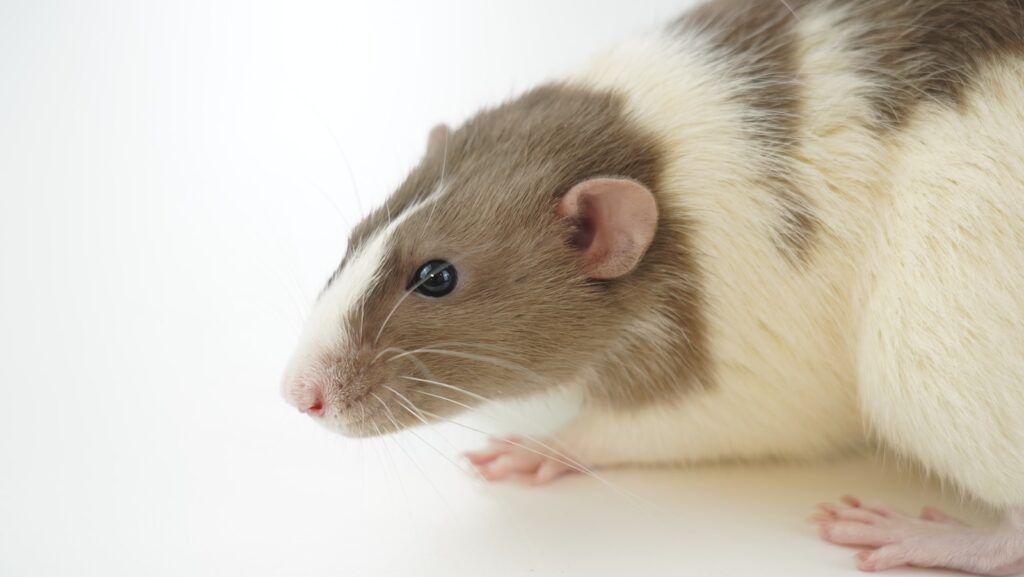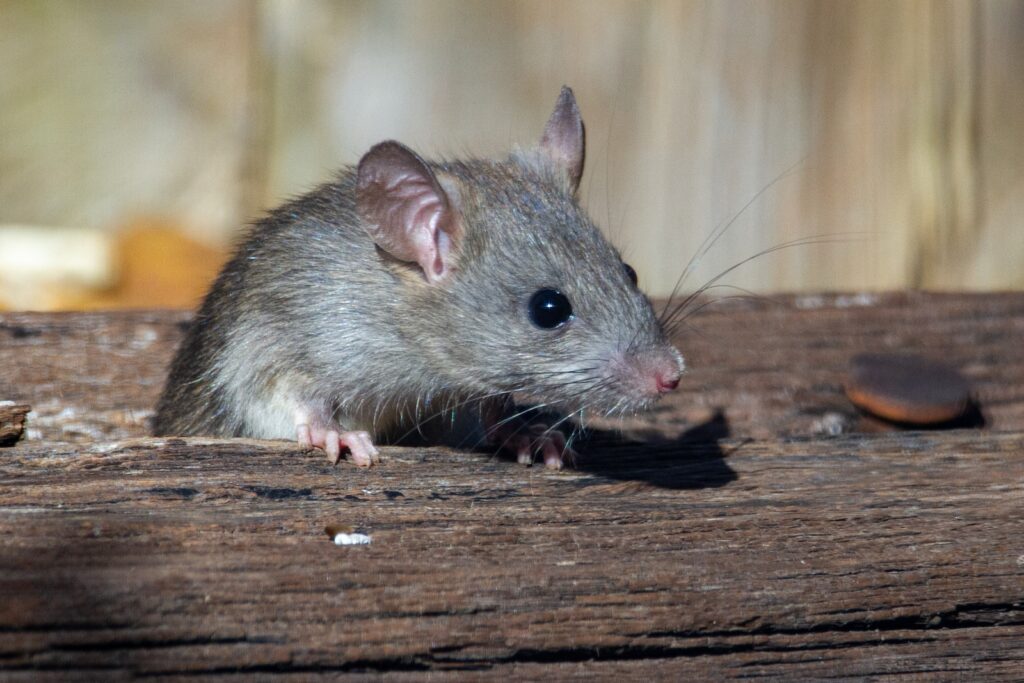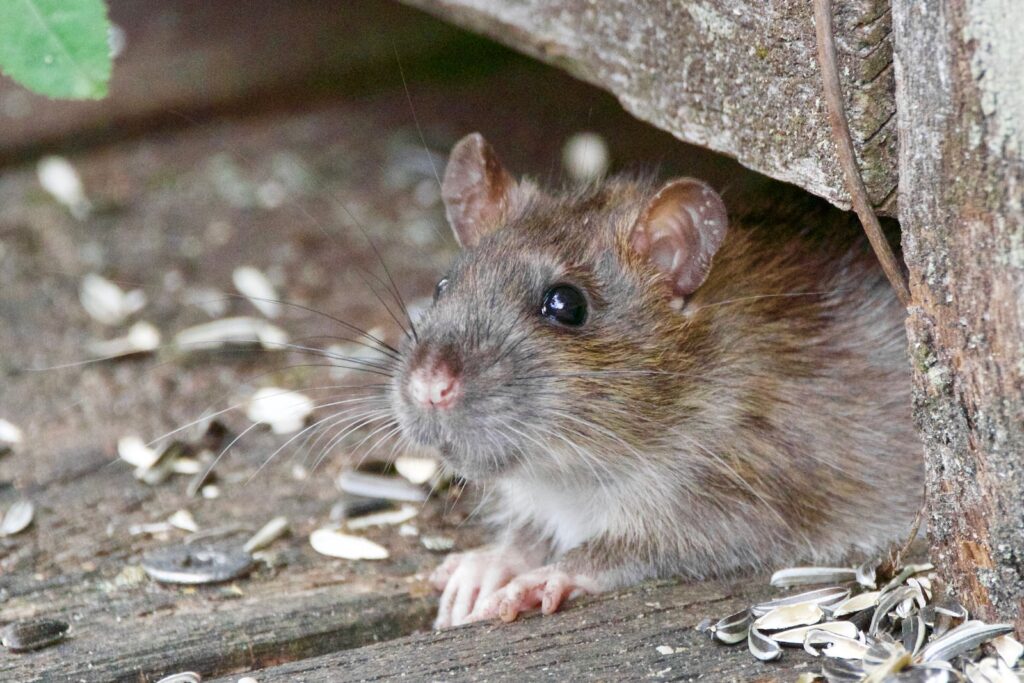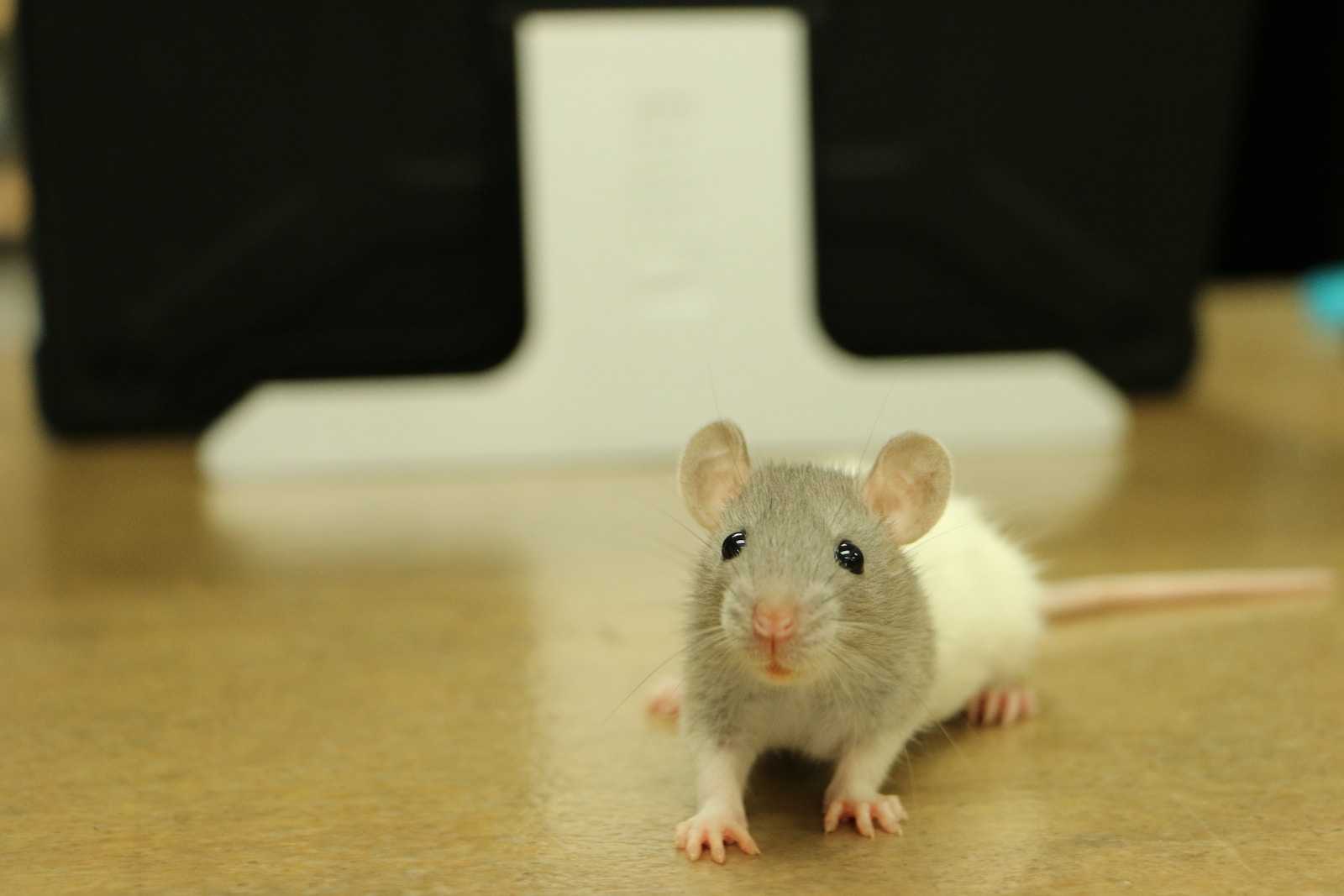The Average Lifespan of a Rat

On average, domesticated rats kept as pets will live around 2-3 years. This lifespan estimate refers to rats living indoors with proper care and veterinary attention. Wild rats tend to have shorter lives, averaging less than a year due to harsh conditions, lack of medical care, and more dangers.
Several key factors impact rat lifespan:
- Sex – Female rats often outlive males by a few months.
- Environment – Outdoor/wild rats face more threats, while indoor rats under human care fare better.
- Coat Color – Though inconclusive, some minor differences may exist across colors.
- Overall Health – Issues like tumors and respiratory infections can shorten a rat’s life.
To help your pet rat live its longest, healthiest life, provide nutritious food, lots of affection and playtime, proper housing and bedding, and regular vet checkups. Cleanliness and reducing environmental stresses are also key for longevity.
Do Male or Female Rats Live Longer?
Female rats generally outlive males by a bit. On average, female fancy rats live approximately 2-2.5 years. Male fancy rats typically live around 2-2.5 years as well, though they trend slightly lower on the spectrum.
Why might female rats live longer? Partially biology and hormones. Female bodies evolved to enable reproduction and nurturing young, possibly conferring some survival advantages. Some female rats may also take fewer risks once they give birth.
Of course, individual life expectancy depends greatly on factors like genetics, how they are cared for, and chance. With excellent lifetime care, some male and female pet rats defy the odds and make it to age 3 or above!
Wild Rat Lifespans vs. Pet Rat Lifespans
Fancy rats kept as pets enjoy longer average lifespans of 2-3 years, versus wild rat lifespans of less than 12 months. This difference stems from indoor, captive rats facing far fewer environmental threats.
Wild city rats must persist against predators, lack of food/water, extreme weather shifts, diseases, and territorial fights. They rarely receive medical treatment either.
Meanwhile, pet rats kept responsibly enjoy protection from the elements, nutritionally balanced diets, clean living spaces, attentive social bonding, and veterinary care.
With needs thoroughly met and dangers reduced, their resilient bodies and immune systems can more easily thrive past age two. Responsible pet owners strive to maximize their small friends’ longevity through proper husbandry.
Impact of Coat Color on Rat Lifespans

Does a rat’s physical appearance affect its lifespan? Specifically, some rat owners note slight longevity differences across coat colors like white, black, beige, brown, grey, or spotted rats. However, research does not support significant lifespan differences among color types.
More influencing variables like breeding, genetics, and healthcare likely explain perceived discrepancies. Assuming equal conditions, white, hooded, grey, brown, and black rat breeds show no superior lifespans.
Coat colors themselves do not determine mortality risk. Instead, concentrate on sourcing the healthiest rat with the best temperament for your family.
Average Lifespan of Fancy Rats vs. Wild Rats
What explains fancy rats outliving wild counterparts by over 2 years? Domestication and caretaking! First originating from wild brown rats, fancy rats were selectively bred for docile companionship.
This tamer temperament enabled handling, closer bonds with humans, and living amiably together in cages or tanks.
In captivity, every need is met for healthy longevity. Nutritionally balanced pellets keep rats fit, and not desperate for any food source. Fresh fruits/veggies provide further nourishment and hydration.
vet monitoring and remedies cure minor issues before they become severe. Comfy bedding and nesting areas support restful sleep and rejuvenation.
Sturdy housing protects from external stresses like predators, weather, cars, toxins, territorial fights, etc. In clean, enriched spaces with attentive owners, rats mentally and physically thrive!
In the wild, rats largely fend for themselves when seeking proper nutrition, hydration, and shelter. They live on high alert with threats lurking everywhere for opportunistic predators.
Disease spreads quickly without medical intervention too. Females must additionally endure the huge physical taxation of near-constant pregnancy and nursing to propagate.
Thus wild rat bodies tend to weaken quickly amid constantly combating hazards and stresses. Their average lifespan of under a year reflects harsh realities.
Indoor fancy rats lead comparatively lower-risk lives. With dangers mitigated, their hardy constitutions shine. A healthy rat can live 2 years at minimum, and sometimes beyond 3 years given excellent care!
What Impacts Pet Rat Lifespans?
For the over 20 million domesticated rats kept as American pets, what factors influence longevity? Lifespans vary significantly based on:
- Genetics: Responsibly bred rats from reputable sources start healthy.
- Husbandry: Proper housing, nutritious foods/treats, clean supplies, etc. prevent issues.
- Veterinary Care: Wellness and illness exams maintain health.
- Enrichment: Free playtime stimulates minds and bodies.
- Socialization: Bonded rat groups enjoy close companionship.
- Environment: Reducing life stresses through proper handling helps rats thrive.
Attentive owners seek to enhance rat lifespans through meticulous care around these areas. Tackling illnesses and injuries early on gives rats their best shot too. Even caring for just 2-3 years, they give their beloved humans a lifetime of joy and devotion.
Common Health Issues Impact Rat Longevity

Rats as a species are remarkably resilient, adaptive, and observant of their surroundings. But what curtails their impressive lifespans? Several prevalent rat health issues include:
- Respiratory Infections – Common in multi-rat households, these upper and lower tract issues strain breathing.
- Mammary Tumors – Most frequently afflict unspayed female rats as benign and malignant masses.
- Pituitary Tumors – Overproductive hormone glands trigger detrimental milk leaking and aggression.
- Abscesses – Localized pus-filled tissue infections, often from fight wounds or dental issues.
- Heart Disease – This can manifest as heart murmurs and eventually fatal congestive heart failure.
- Kidney Disease – Age-related functional decline is also exacerbated by poor diets.
- PTSD – Yes, rats too can suffer emotional trauma that undermines health.
Without proper intervention, these cumulative conditions quicken demise and negatively impact rat lifespan. Catching illnesses promptly for vet diagnosis and establishing a wellness baseline early on helps rats thrive longer.
Compassionate owners seek prompt medical attention while making their rat friends comfortable at home whenever their health falters.
Average Pet Rat Lifespans by Breed
All domesticated rat breeds hail from the Norway / brown rat ancestor. Is lifespan influenced then by breed varieties like Dumbo, Hairless, Rex, Siamese, or Tailless rats?
Generally, no – when responsibly bred and cared for equally, most fancy rats share similar lifespan ranges around 2-3 years.
Assuming no genetic predispositions to illness, almost any breed can thrive given excellent husbandry. Truly the care they receive outweighs these cosmetic breed differences regarding longevity.
For example, a Siamese Rex rat could easily outlive a Feeder rat, based on radically different planes of health attention and home standards.
Rather than fixating on rat breeds, better to assess where the individual rat source came from. Mass rat producers tend to prioritize profit over animal welfare.
However local small-scale ethical breeders focus on temperament and health when mating rats responsibly. Support these reputable networks when sourcing a pet whose lifelong well-being you take seriously.
Maximizing Your Pet Rat’s Lifespan
Want to help your pet rats live long, fulfilling lives from youth to old age? Follow these top caretaking tips:
- Feed a balanced, high-quality rodent diet without excess fatty/sugary treats
- Maintain excellent hygiene of housing, litter pans, food bowls, and bedding
- Frequently provide new chew toys to wear down ever-growing teeth
- Administer preventative antibiotics for mycoplasma bacteria prone to rats
- Spay female rats before 6 months of age to greatly reduce mammary tumors
- Accommodate old rats struggling with mobility, feeding, and grooming issues
- Enrich lives through free playtime, bonding pouches, gentle handling
- Notice illness symptoms early and always bring concerning cases to the vet
- Research knowledgeable exotic vets with experience treating rats
- Prep an emergency first-aid kit for home to tide over injuries
- Follow vet guidance on end-of-life comfort care when health fades
While 2 years is typical, rat lifespans stretch longer through meticulous care surrounding disease prevention and emotional/physical enrichment. When needs are fully satisfied daily, resilient rats thrive for years returned by unconditional love.
Conclusion
Rats make endearing, intelligent pet companions once given the chance to pass stigma. While small, their sizable personalities and social bonds delight dedicated owners.
With attentive husbandry and healthcare, fancy rats can lead robust lives of 2+ years indoors–beating the sub-1-year average of their wild kin.
Lifespans vary most between the care given to pet rats versus the hardscrabble existence of outdoor rats. But even among the domesticated, longevity depends on genetics, veterinary vigilance, proper nutrition/housing, and reducing life stresses.
Rat owners willing to invest sizable time, research, and money into optimizing their pets’ well-being are rewarded with long-term health.
From welcoming a new young rat to at last comforting an elderly companion at life’s end, responsible devotion reaps an affectionate little friend for their shortened yet still significant lifespan.



